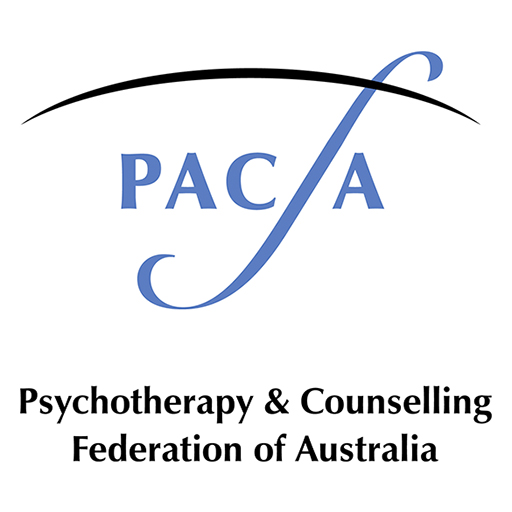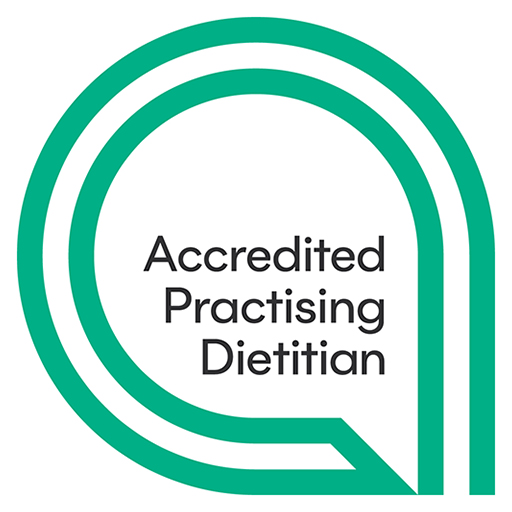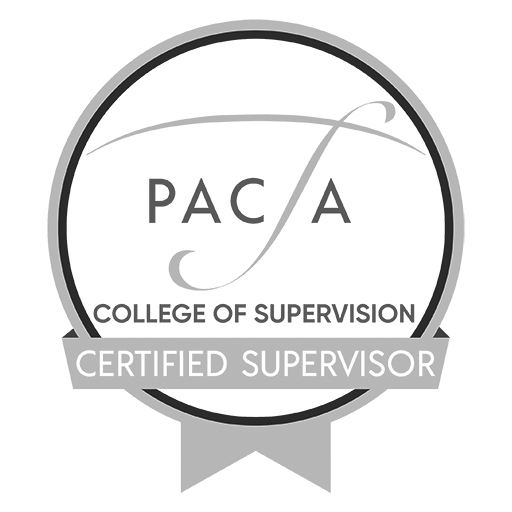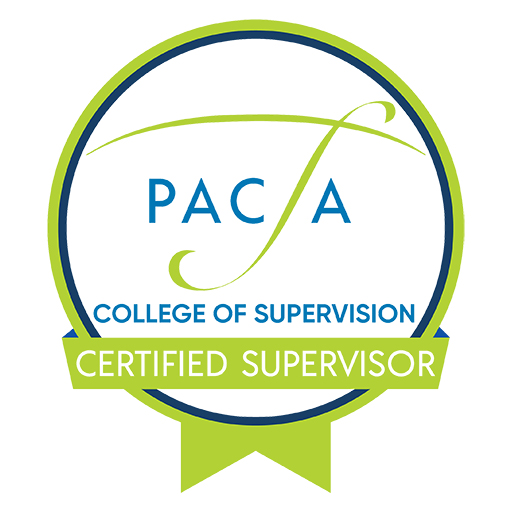For those of you that are just joining the conversation, we are currently exploring the first process in the Four Processes of MI introduced back in Issue 28. This important starting point for MI is referred to as Engagement and we completed an introduction to what this really means and what helps it to happen last issue. Engagement is much much more than a friendly warm greeting.
Have you ever considered that your ‘job’ may get in the way of you doing good work? In this issue we are looking at how some of our workplace requirements and role expectations can really limit our effectiveness in facilitating behaviour change by blocking client engagement. While taking a look at these challenges I will be exploring some alternative ideas and options to consider. Read on to learn more and have a laugh at Christopher Pyne….











